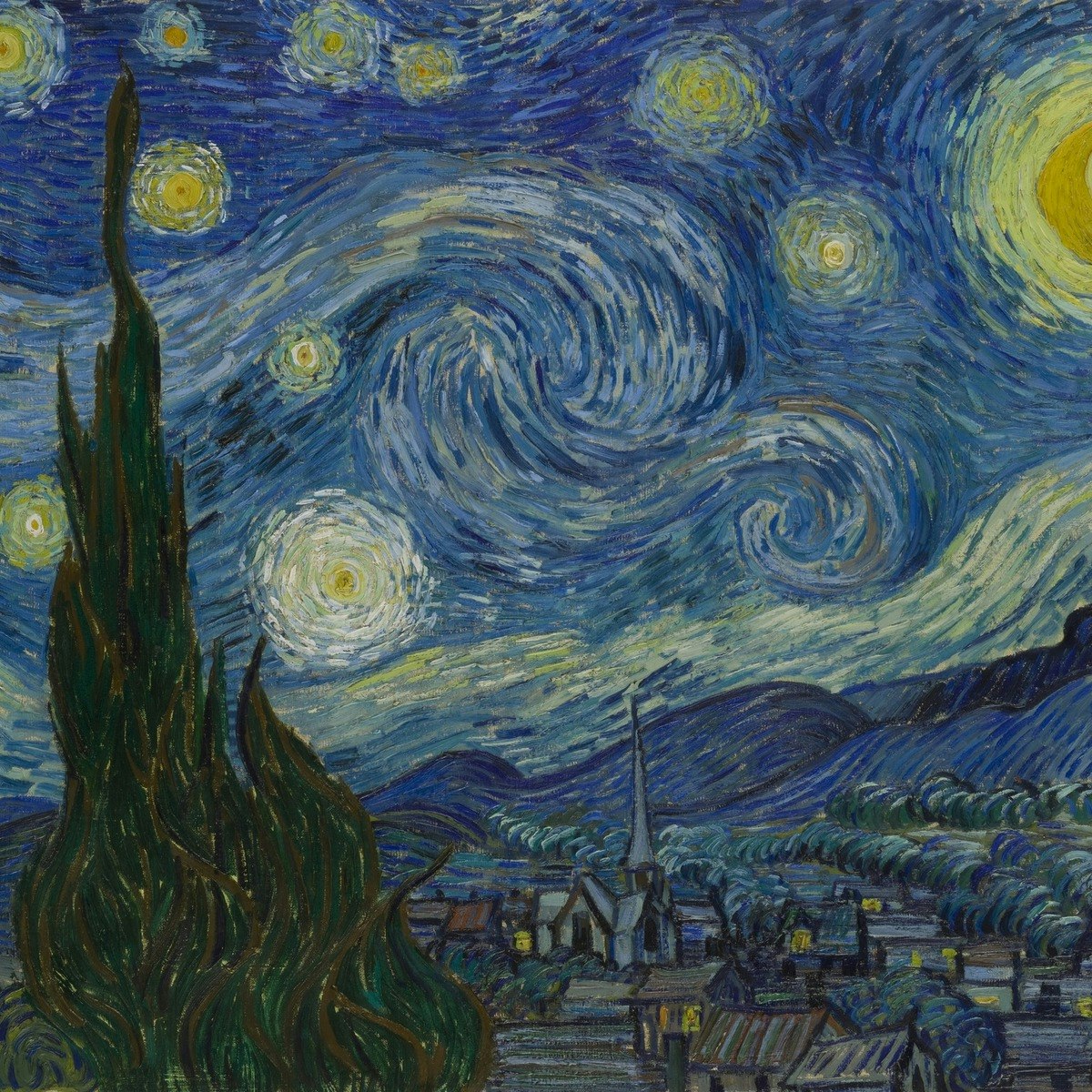The Development of Trump Art: From Very Early Reviews to Contemporary Viewpoints
Wiki Article
Getting Started on a Visual Journey Through the Lyrical Interpretations of Nature in Impressionist Landscapes
Each brushstroke, each play of light and shadow, and each color option in their jobs talks volumes about the musicians' deep link to nature and their ability to convert its elegance onto the canvas. As we check out the lyrical interpretations of nature in Impressionist landscapes, we are invited to immerse ourselves in a world where truth and emotion intertwine, providing a look into the artists' extensive gratitude for the natural world.The Fascinating Brushstrokes of Claude Monet
Claude Monet's proficiency of brushstrokes goes beyond mere technique, imbuing his landscapes with an ethereal top quality that mesmerizes and mesmerizes visitors - trump art. His innovative usage of shade and light, incorporated with his unique brushwork, develops a feeling of movement and life within his paints. Monet's renowned series of works depicting water lilies and his renowned haystacks showcase his capability to catch the fleeting effects of light and ambience
Embracing Light and Darkness With Camille Pissarro
Embodying a comparable respect for the interplay of light and shadow, Camille Pissarro's artistic vision unravels as a harmonious expedition of the environment's luminescent subtleties. Pissarro, an essential number in the Impressionist motion, masterfully recorded the dynamic connection in between light and shadow in his landscapes. His proficient use shade and brushwork enabled him to share the subtle shifts in light that define different times of day and periods.Pissarro's paints frequently include spotted sunshine filtering through fallen leaves, casting detailed patterns of light and shadow on the planet listed below. In jobs such as "Hoar Frost, the Result of Snow, Pontoise," Pissarro skillfully depicts the crisp brightness of winter sunlight compared with the amazing darkness that specify the snowy landscape. By welcoming both light and darkness in his structures, Pissarro invites visitors to immerse themselves in the natural charm and transient impacts of light worldwide around them.

With Pissarro's works, we are advised of the transformative power of light and shadow, inviting us to stop briefly and appreciate the fleeting moments of appeal present in the daily landscapes that surround us.
A Harmony of Color Styles by Edgar Degas
Edgar Degas coordinates a vibrant symphony of colors in his skillful art work, instilling his structures with a dynamic interplay of shades that mesmerize the customer's stare. Recognized mostly for his ballet professional dancers and intimate scenes of Parisian life, Degas adeptly adjusted colors to convey mood and movement in his paints. trump art. His use of bold, contrasting shades and refined tonal variants created a sense of depth and vibrancy within his worksDegas' shade combination commonly included abundant blues, deep eco-friendlies, and cozy oranges, which he used with positive brushstrokes to catch the essence of his topics. Whether representing a ballerina mid-performance or a group of friends conversing at a coffee shop, Degas' shades not only depicted the scene yet likewise evoked a feeling of feeling and energy.
Furthermore, Degas' experimentation with light and darkness added an added layer of intricacy to his color compositions, boosting the general atmosphere of his paints (trump art). With his competent adjustment of color, Degas created a visual harmony that proceeds to resonate with customers today
Discovering Nature's Tranquility With Berthe Morisot
Berthe Morisot's creative vision supplies a tranquil separation from the dynamic color symphonies of Edgar Degas, as she captures the tranquility of nature in her evocative landscapes. Recognized for her fragile brushwork and intimate portrayals of more helpful hints everyday life, Morisot's landscapes exhibit a sense of peace and consistency.Morisot's paints often include soft, soft tones that convey a sense of peace and calmness. Her jobs, such as "The Cradle" and "Summer's Day," display her capability to catch the subtle appeal of nature in a manner that is both calming and reflective to the viewer.
Unlike some of her Impressionist counterparts who focused on vibrant make-ups and strong shades, Morisot favored to develop mild, introspective scenes that invite the viewer to pause and mirror. With her masterful usage of light and darkness, Morisot produces a sense of peace that reverberates with the viewer on a deep psychological degree.
The Psychological Landscapes of Vincent Van Gogh
Vincent Van Gogh's landscapes strongly convey a deepness of emotion through their vibrant brushwork and expressive use color. The Dutch post-impressionist artist is renowned for his capability to capture intense and raw feelings in his paintings, going beyond traditional depictions of nature. Van Gogh's turbulent personal life, noted by psychological health and wellness struggles, substantially influenced his art, instilling his landscapes with a sense of unease, melancholy, or pep.In jobs such as "Starry Evening" try this out and "Wheatfield with Crows," Van Gogh's swirling brushstrokes and vibrant shade options evoke an extensive emotional feedback from their explanation visitors. The unstable skies and perturbed landscapes in his paintings show his internal turmoil and psychological turbulence, inviting customers to dive into the intricacies of his mind.
Van Gogh's unique visual language, characterized by exaggerated point of views and vibrant use of shade, develops landscapes that resonate with audiences on a deeply emotional degree. Through his art, Van Gogh welcomes us to see nature not just as an outside truth yet as a mirror of our innermost sensations and emotions.
Verdict
Finally, the impressionist landscapes of artists such as Claude Monet, Camille Pissarro, Edgar Degas, Berthe Morisot, and Vincent Van Gogh use a special and captivating aesthetic interpretation of nature. With their usage of brushstrokes, emotion, shade, and light, these artists have actually produced a symphony of pictures that evoke a feeling of serenity and charm in the environment. Their works remain to inspire and bewitch viewers with their lyrical interpretations of the landscapes around us.Each brushstroke, each play of light and darkness, and each color selection in their jobs talks quantities concerning the artists' deep link to nature and their capacity to convert its charm onto the canvas. His innovative usage of shade and light, incorporated with his unique brushwork, develops a feeling of activity and life within his paintings. His adept use of color and brushwork allowed him to convey the refined changes in light that specify different times of day and seasons.

Report this wiki page